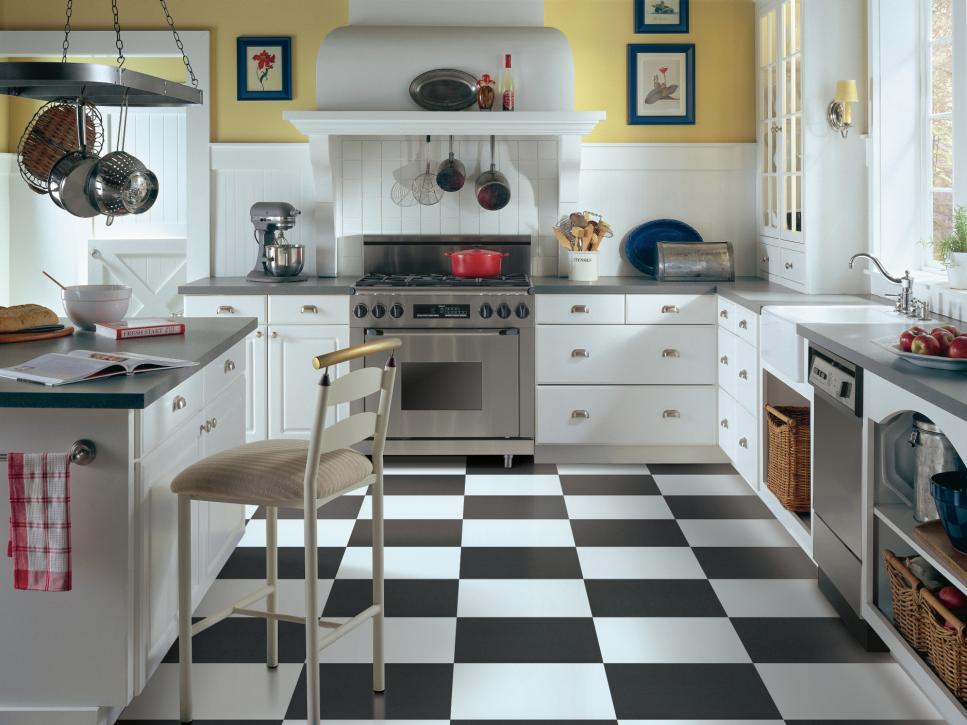Learn more about the different types of grills and how they compare to one another. We are all aware that there are several ways to heat and fuel a grill. There are advantages and disadvantages to using each of these fuels; for instance, the usage of some of them may alter the flavor of the food you prepare, while others will not. Today, we will have a closer look at some of the different varieties of grills that utilize charcoal, gas, or electricity.
Charcoal barbecue grills
Charcoal grills have been popular among outdoor cooks for a long time for a number of reasons. Charcoal’s smoky, powerful flavor is much sought after, and it is easy to utilize on a barbeque.
All charcoal grills share some essential design principles. The air intake is manually adjusted, since it is located lower on the grill. The charcoal is heated by the air that enters the grill, much like a wood-burning stove, and then the air exits the grill via an additional vent at the top. If the grill is built such that more air can enter and exit at once, it will heat up faster for outdoor grilling.
In most cases, as long as there is enough charcoal to keep the fire going, the temperature will stay stable within the range you have set for cooking the whole time. One of the advantages of controlling the air intake and exhaust is that it allows for this.
This is also helpful for making tougher cuts of meat tenderer after prolonged cooking, which results in incredibly flavorful, melt-in-your-mouth meat.
Charcoal Stovetop Grills
There are several varieties of charcoal barbecues, but the kettle grill is particularly well-known. They have a spherical base, a removable, tight cover, a base, and grill grates; their design is straightforward and they resemble kettles. The charcoal is held in place by a little grate at the bottom of the grill. The even airflow over the coals is made possible by the design, which also allows ash and other debris created while cooking to fall easily away from the heat source.
One of the best features of this kind of barbecue is that it can be easily transported to other locations. Kettle grills are often made out of metal and are rather lightweight due to this material choice. The bulk of them are portable, and their use often calls for less charcoal, and they come in a wide range of sizes.
Cooking on a Kamado Grill
Kamado grills, often called ceramic smokers or “egg grills,” have become wildly popular over the last decade as a sophisticated alternative to the standard charcoal barbeque. Despite their shared functionality, kettle grills and kamado grills are dissimilar in many important ways.
Some individuals see resemblances between the kamado grill’s elongated shape and the outline of an egg. Depending on its dimensions, this kind of grill may weigh anywhere from 150 to 500 pounds due to its heavier ceramic construction. Because of this, they weigh much more than kettle grills.
Conclusion
Like the kettle grill, the kamado grill’s bottom and top vents allow for control of air flow and temperature, but the grill’s thermal mass and engineering-based design mean that even little adjustments may have a noticeable effect on cooking temperatures. Kamado grill domes and lids are frequently only partially removable due to the grill’s depth and weight. Heavy-duty, spring-loaded hinges are used instead to attach it to the grill’s base.







